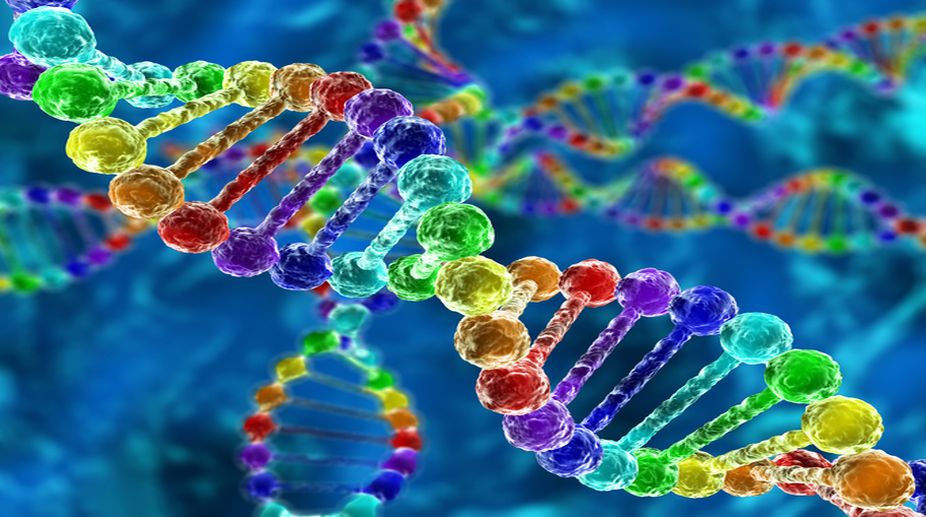Maharashtra bus accident: Bodies to be identified through DNA testing
According to officials, the bus was travelling from Maharashtra's Yavatmal to Pune and met with an accident in Buldhana on the Samruddhi Mahamarg Expressway.

Representational Image (PHOTO:
Gene regulation is based on the movement of DNA segments from one location to another within the genome, a process known as DNA rearrangement. Two particularly interesting examples involve the mechanism used by yeast cells to control mating and the mechanism used by vertebrates to produce millions of different antibodies.
In the yeast Saccha-romyces cerevisiae, mating occurs when haploid cells of two different mating types, called and a, fuse together to form a diploid cell. All haploid cells carry both alleles for mating type, however, a cell’s actual mating phenotype depends on which of the two alleles, alpha or a, is present at a special site in the genome called the Mat locus. Cells frequently switch making type, presumably as a means of maximising opportunities for mating. They do so by moving the alternative allele into the Mat locus. This process of DNA rearrangement is called the cassette mechanism, because the mating-type locus is like a tape deck into which either the alpha or the a “cassette” (allele) can be inserted and “played” (transcribed).
A somewhat different type of DNA rearrangement is used by lymphocytes of the vertebrate immune system for producing antibody molecules. Antibodies are proteins composed of two kinds of polypeptide subunits, called heavy chains and light chains. Vertebrates make millions of different kinds of antibodies, each produced by a different lymphocyte (and its descendants) and each capable of specifically recognising and binding to a different foreign molecule. But this enormous diversity of antibody molecules creates a potential problem — if every antibody molecule were to be encoded by a different gene, virtually all of a person’s DNA would be occupied by the millions of required antibody genes.
Advertisement
Lymphocytes get around this problem by starting with a relatively small number of different DNA segments and rearranging them in various combinations to produce millions of unique antibody genes, each one formed in a different, developing lymphocyte. The rearrangement process involves four kinds of DNA sequences, called V, J, D, and C segments. The C segment codes for a heavy or light chain constant region whose amino acid sequence is the same among different antibodies — the V, J, and D segments together code for variable regions that differ among antibodies and give each one the ability to recognise and bind to a specific type of foreign molecule.
Human antibody heavy chains are constructed from roughly 200 kinds of V segments, more than 20 kinds of D segments, and at least six kinds of J segments. The DNA regions containing the various V, D, and J segments are rearranged during lymphocyte development to randomly bring together one V, one D, and one J segment in each lymphocyte. This random rearrangement allows the immune system to create at least 200 x 20 x 6 = 24,000 different kinds of heavy chain variable regions.
In a similar fashion, thousands of different kinds of light chain variable regions can also be created (light chains are constructed from their own types of V, J, and C segments; they do not use D segments). Finally, any one of the thousands of different kinds of heavy chains can be assembled with any one of the thousands of different kinds of light chains, creating the possibility of millions of different types of antibodies. The net result is that millions of different antibodies are produced from the human genome by rearranging a few hundred different kinds of V, D, J, and C segments.
The writer is Associate Professor, Head, Department of Botany, Ananda Mohan College, kolkata, and also fellow, Botanical Society of Bengal, and can be contacted at tapanmaitra59@yahoo.co.in.
Advertisement